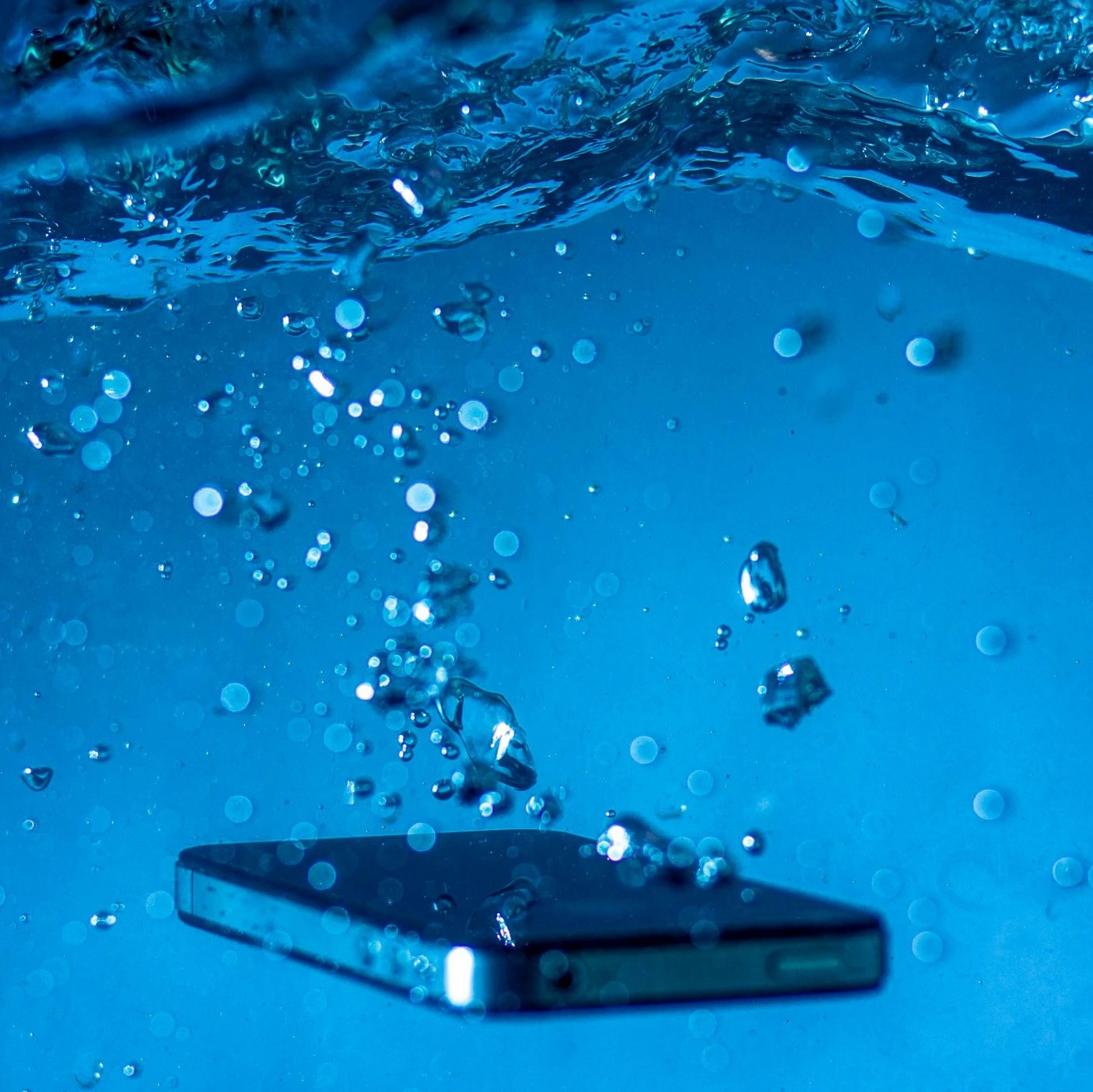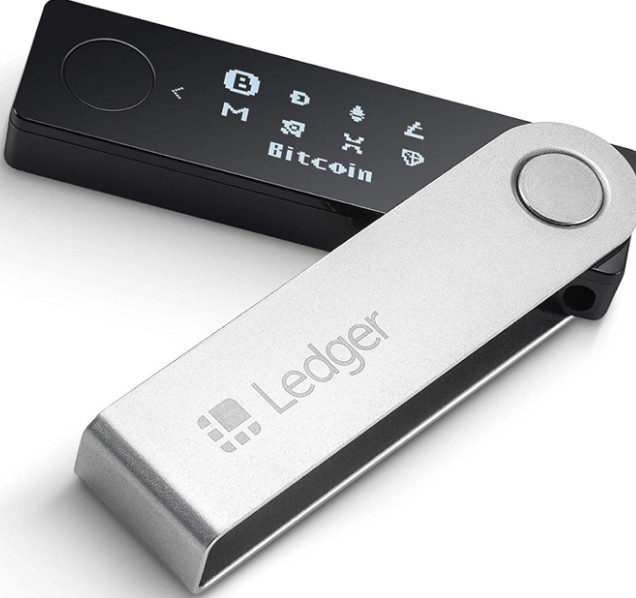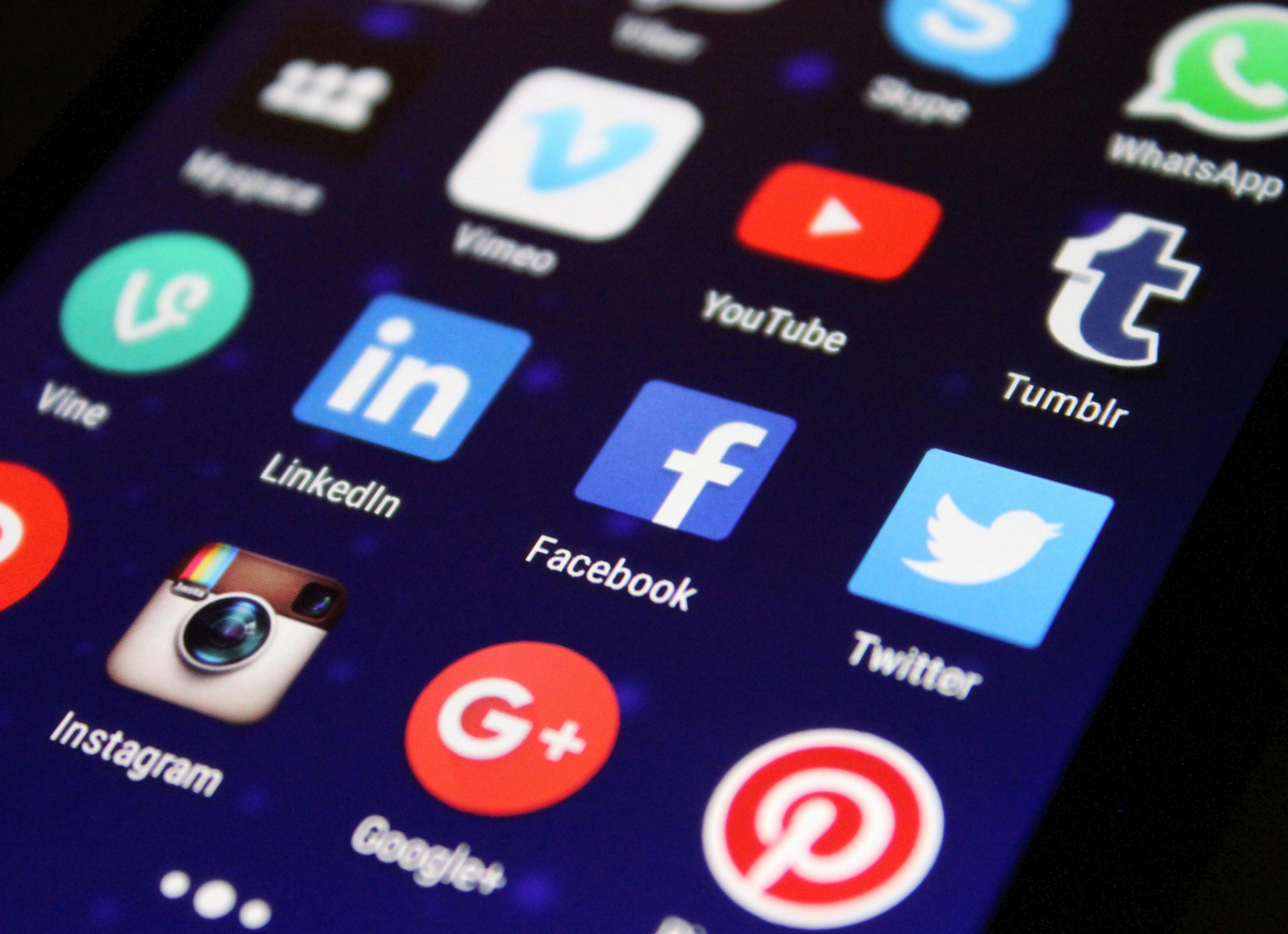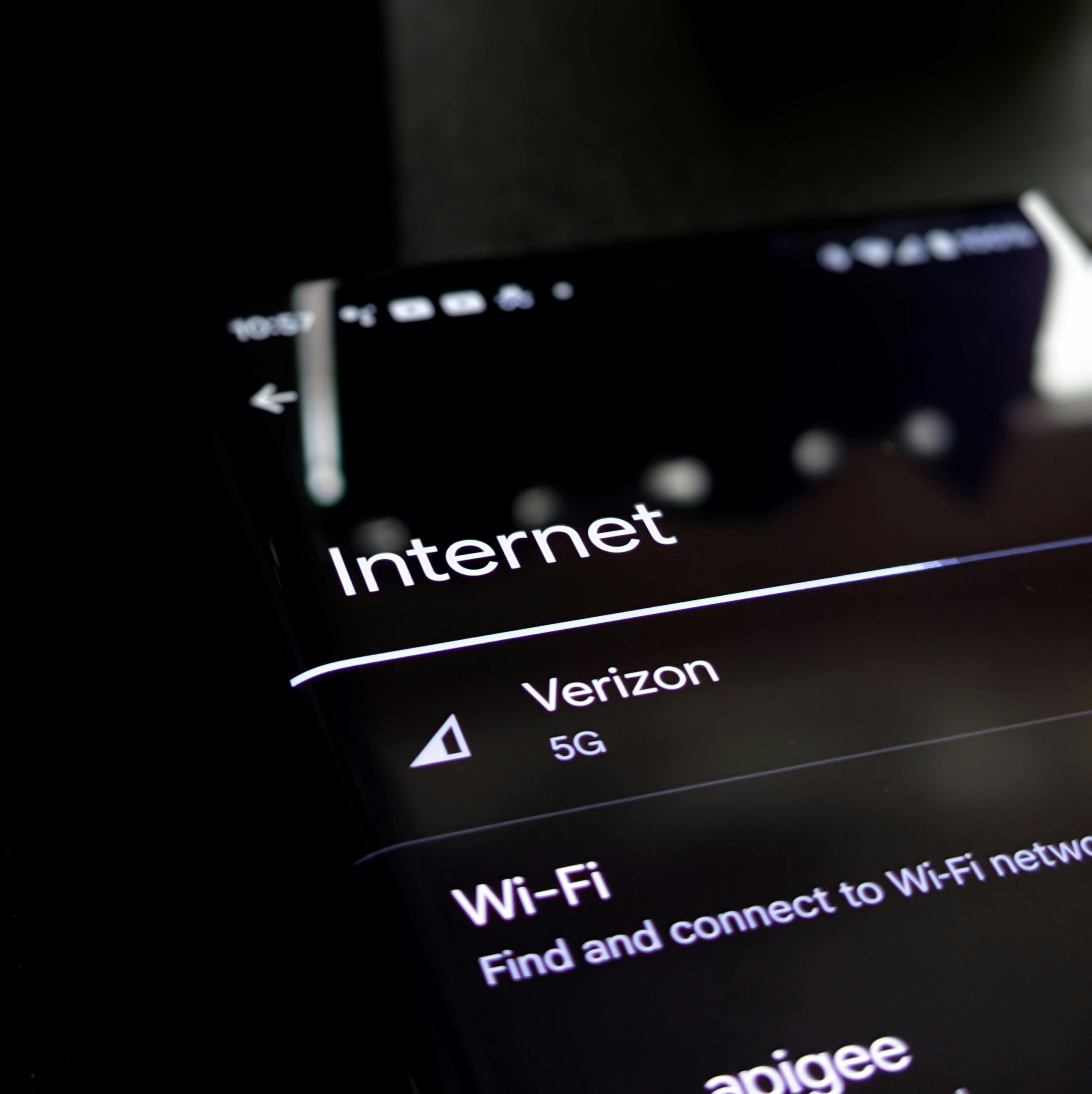It’s a heart-stopping moment: your phone takes a dive into a sink, pool, or—yep—toilet. Water damage is a top reason users turn to us at The Tech Fixes, but with quick action, you can often save your iPhone or Android from a watery grave. Let’s walk through the steps to dry it out and get it working again.
Why Water Is a Phone’s Enemy
Water can short-circuit delicate components like the logic board or battery. Even “water-resistant” phones (e.g., iPhone 13, Galaxy S23) aren’t immune if seals weaken over time. Acting fast is key to minimizing damage.
Saving a Wet iPhone
- Power Off Immediately: If it’s on, hold the side button (or side + volume for iPhone X+) to shut it down. Don’t press buttons or charge it—this risks pushing water deeper.
- Remove Accessories: Pop off the case, eject the SIM tray (use a paperclip), and dry the exterior with a towel or cloth.
- Absorb Moisture: Place the phone in a sealed bag of uncooked rice or silica gel packets (available at craft stores) for 24–48 hours. Silica is more effective, but rice works in a pinch.
- Test Carefully: After drying, try powering on. If it’s glitchy, charge it briefly (15 minutes) with a dry cable.
- Seek Repair: If it won’t turn on or acts erratic, visit an Apple Store or authorized repair shop. Water damage isn’t covered by standard warranties.
Saving a Wet Android
- Shut It Down: Hold the power button (or power + volume down) to turn off. Avoid charging or pressing keys.
- Disassemble: Remove the case, SIM card, and, if possible, memory card. Some older Androids have removable batteries—take it out if you can.
- Dry It Out: Use a towel to wipe it down, then place in rice or silica gel for 24–48 hours. Shake gently to dislodge water from ports.
- Power On: After drying, test the device. Try a different charger if it’s unresponsive.
- Professional Help: If it’s dead, contact your manufacturer (e.g., Samsung, Google) or a repair shop.
What Not to Do
At The Tech Fixes, we warn against using hairdryers or ovens—heat can fry circuits. Don’t charge a wet phone, and skip the “shake it vigorously” method, as it can spread water internally.
Prevention Tips
Invest in a waterproof case (e.g., OtterBox) for beach trips or rainy days. Check your phone’s IP rating (e.g., IP68 on newer models) to know its limits. Back up data regularly to iCloud/Google Drive in case of permanent damage.
When It’s Time for Pros
If your phone shows signs of corrosion (e.g., foggy camera, distorted audio), don’t delay—get it to a repair shop. Most light water exposure cases recover with these steps, but severe damage needs expert tools.
Here at The Tech Fixes, we’ve seen phones come back from the brink with these methods. Act fast, stay calm, and you might just save your device!



